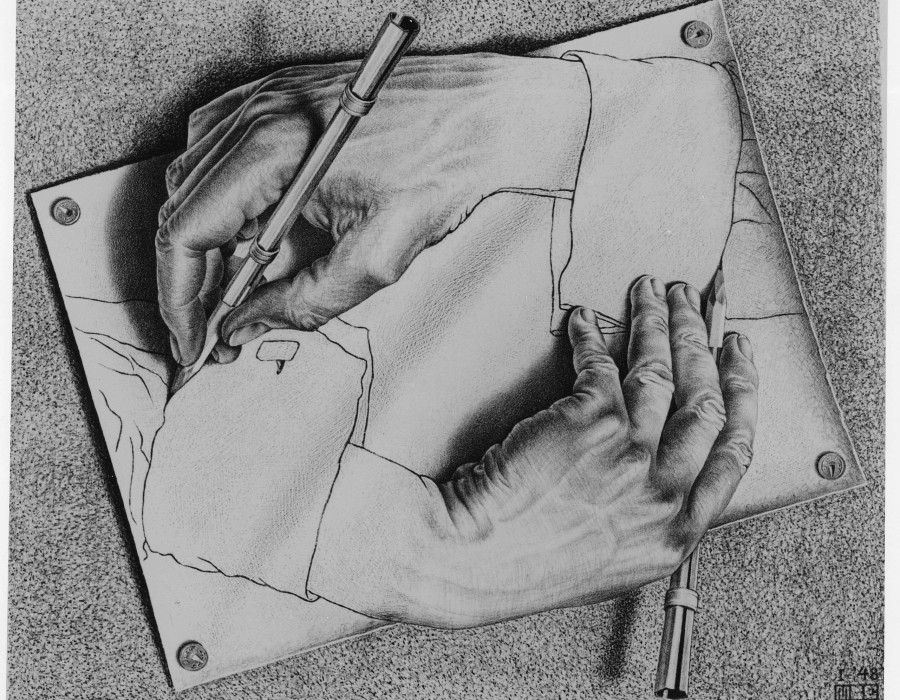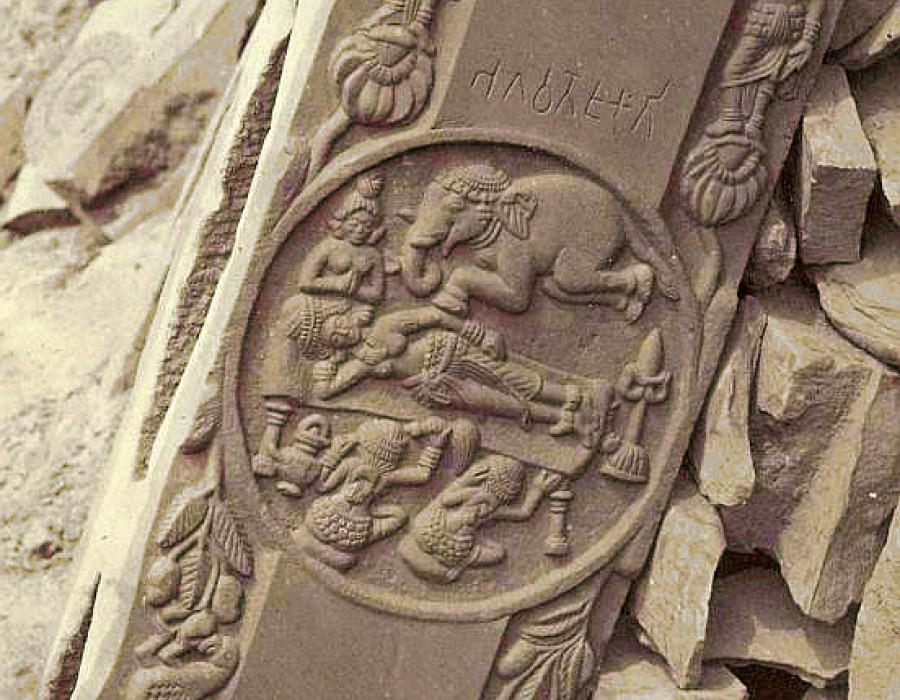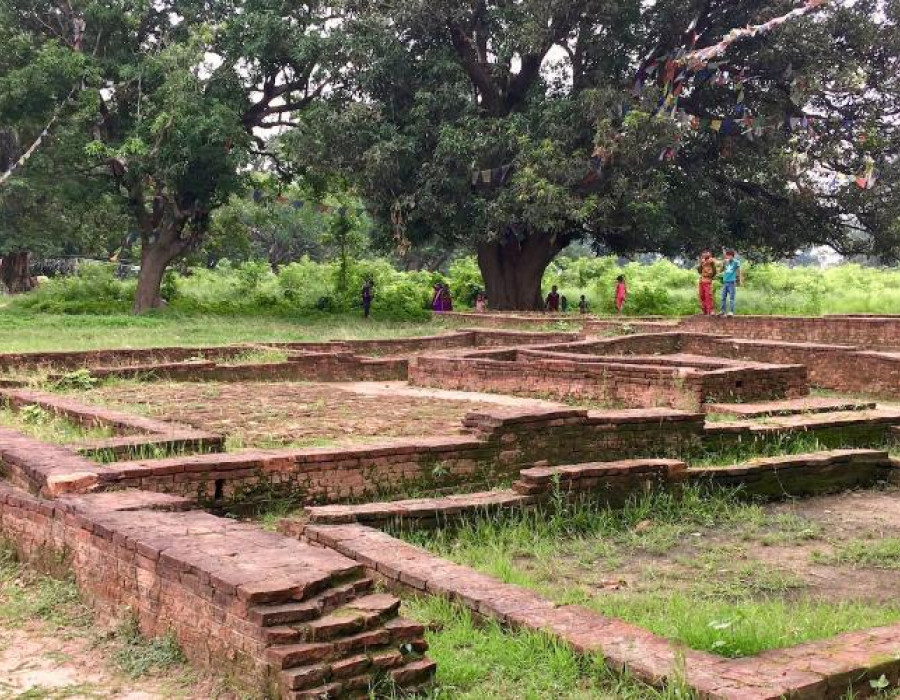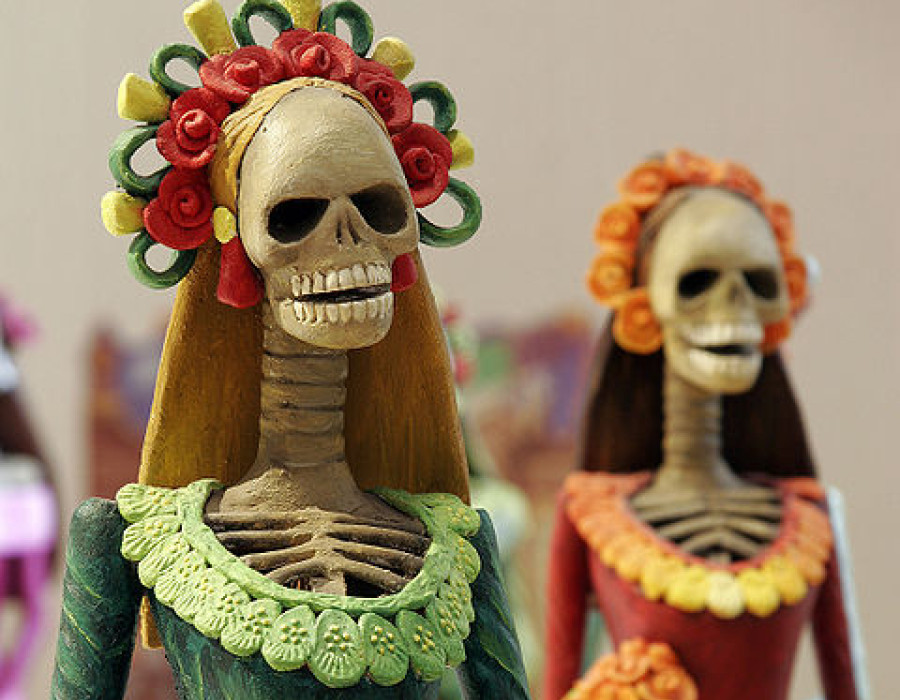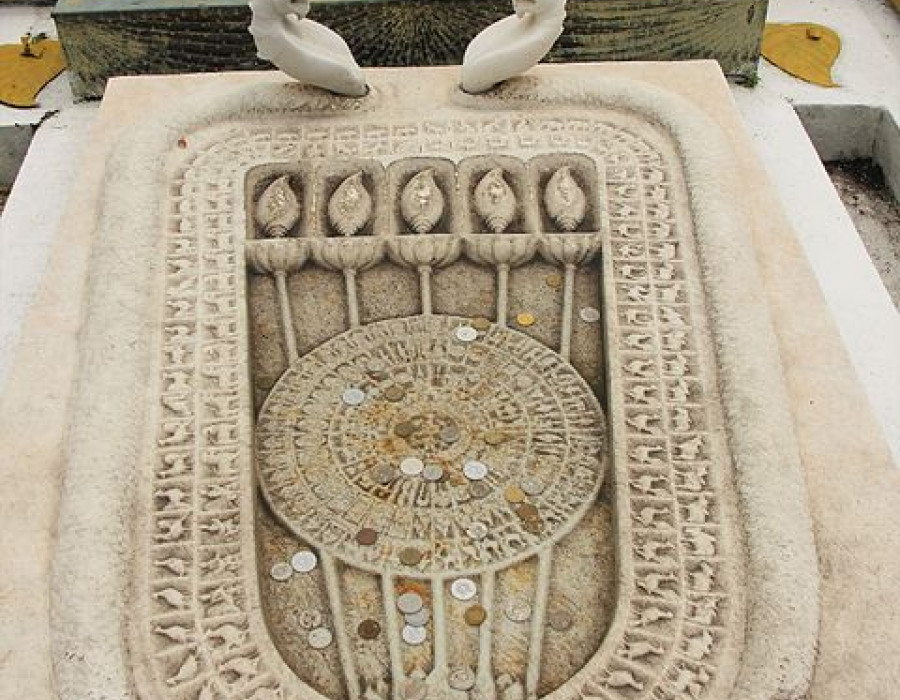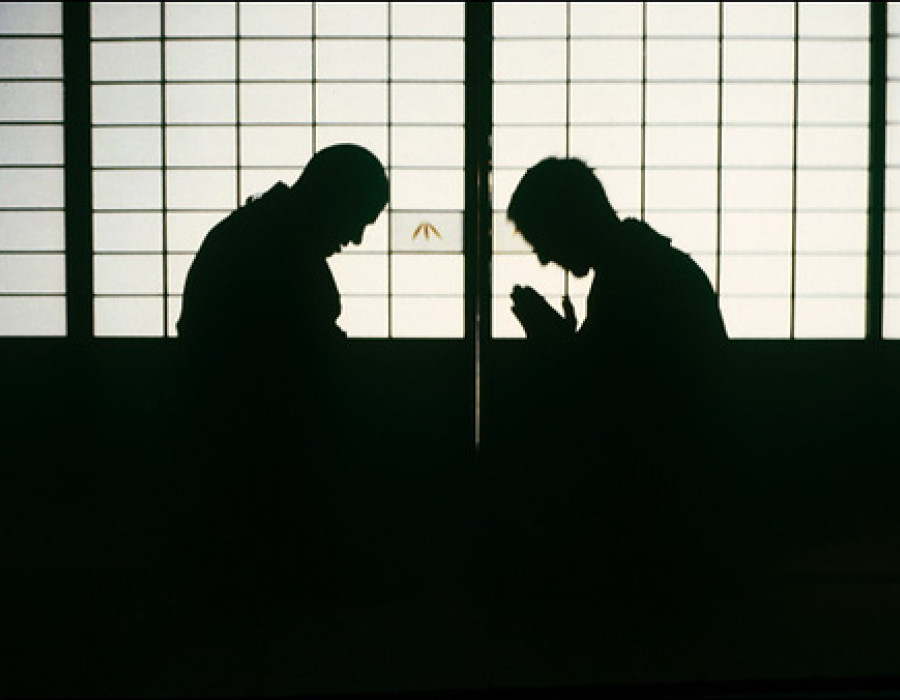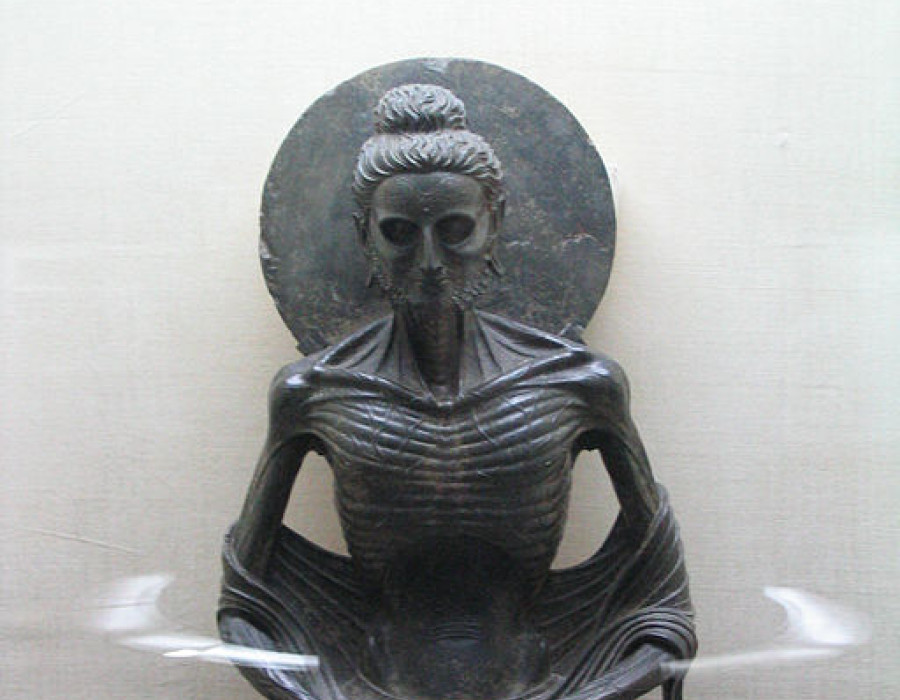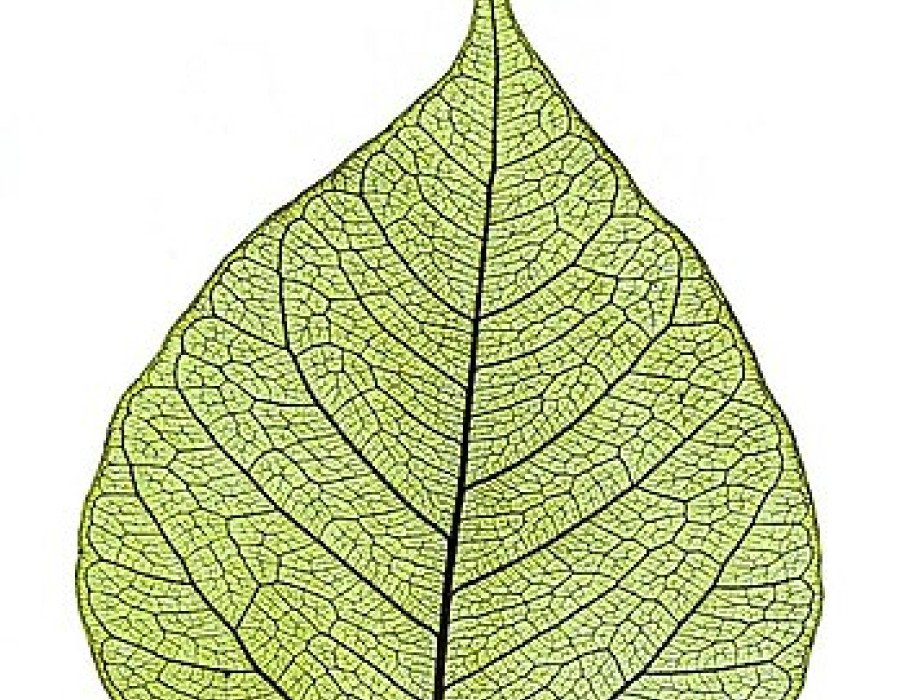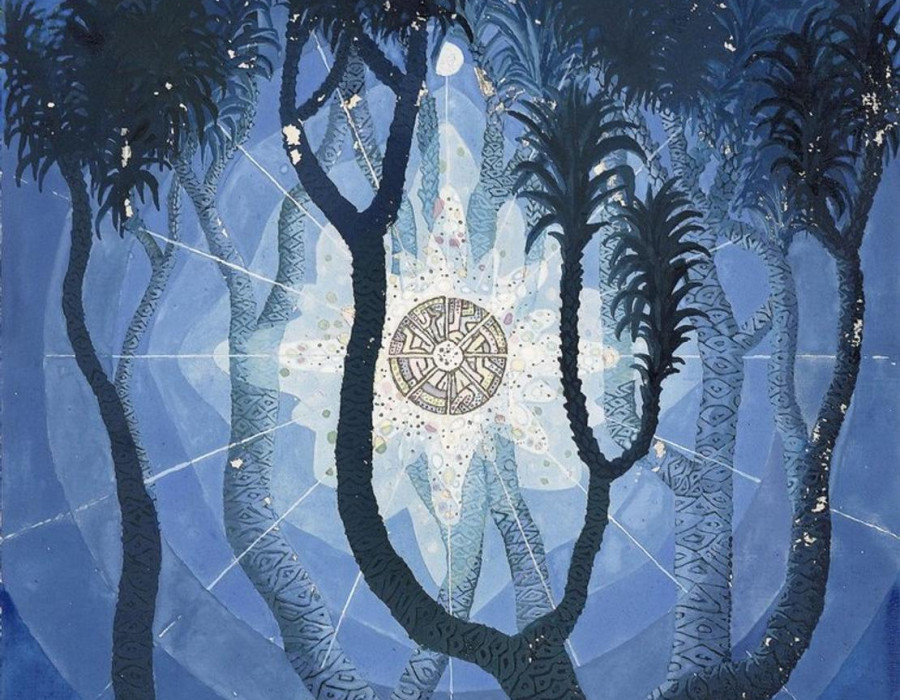
Martin Goodson
The Great Awakening!
From Miraculous Birth to the Buddha's Enlightenment
We take a look at the symbolic meaning of the three temptations of Mara which led to the Buddha's final awakening.
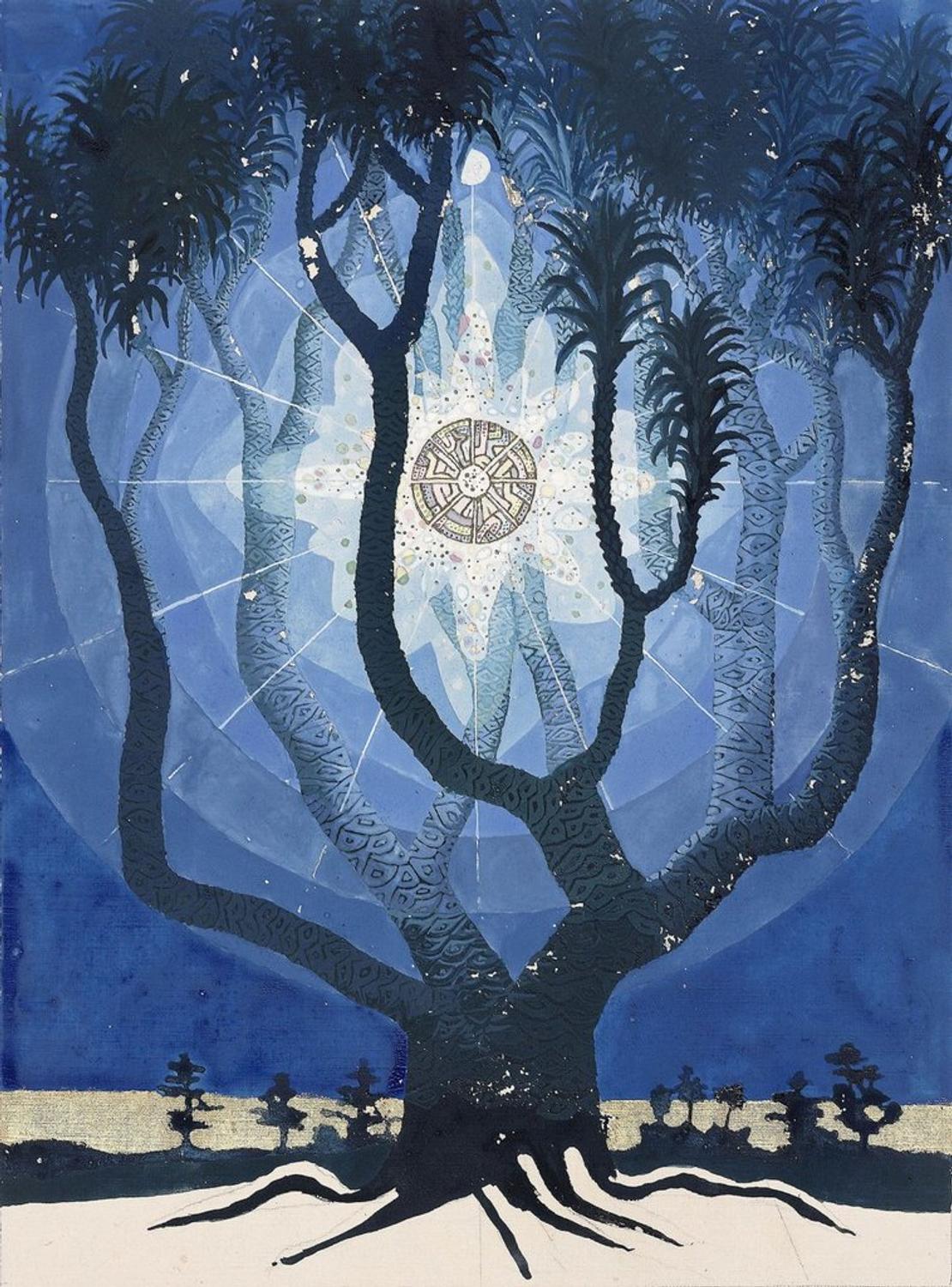
From Jung's Red Book
During this period under the Bodhi Tree, it is said that various teachings came to him. However, it is also said that in addition Mara came along trying to dissuade the great being from Buddhahood.
In the Hindu pantheon, Mara is one of the great gods, whose kingdom is this world of desire, Samsara.
Now any king is keen that his realm is not depopulated and Mara is no different. A Buddha comes along to show the way out from Samsara, so naturally Mara is not keen for this to happen and will try to prevent the production of a Buddha whenever he can.
He also provides another function. The final crossing over from the basis of ‘I’ to that of No-I is a perilous one, for if the vessel is not ready then the trauma can be so great as to shatter the container.
Mara’s temptations will show if the root of ‘I’ has been thoroughly removed or if there is still some vestige which will grow up when an opportunity presents itself. If this were to happen once the turning around of the heart base has occurred, then all the power of the Buddha nature may be warped by the presence of the remaining attachment to self and this will create a trail of destruction.
In that Zen classic, the Bull Herding pictures, it is said that, if this occurs, what we get is not a Bodhisattva, but a Bull-man or a Bull-woman, a strangely charismatic figure who can lead others because of that great power but who can also bring great suffering due to the blindness caused by the unexposed root of self.
The first temptation was the sense of duty.
Mara told the seated figure that this was quite enough and it was now time for him to take his place by his father’s side as his son and heir. Also, that his own son needed his father and his wife her husband.
These are powerful attachments, not only now but particularly in India where family was considered paramount.
But the great being knew that this was not going to save those he loved and that he must continue until that problem of suffering had been fully realised.
Next Mara sent his daughters, who are desire itself. They tried to inveigle the seated figure to leave the tree but there was no ‘I’ to be tempted anymore and so no inroad could be made.
Finally, Mara sent his sons, the terrifying demons, to use fear to try to make him leave his place.
Again, there was no inroad, as there was no-self left to frighten.
For desire and fear to work there has to be a feeling of ‘I’, since this ‘I’ must feel a lack of something or a wish to get rid of something and that can only occur if there is something other to obtain or repel.
Thus, the duality of ‘I’ and ‘other’ is a pre-requisite for either desire or fear.
Mara having failed in his mission now withdraws
Mara having fled leaving the Great Being sitting under the tree, has proved his right to be there and the burden of the delusion of self has now finally been laid down. Why is he then not already Buddha?
There is a traditional teaching in Zen that when the student is ready there is the need for some kind of intervention from outside to cause the turning around of the heart base. In traditional training circumstances it might be the teacher who provides this intervention.
The Sixth patriarch said “Before thinking of good and bad, what is the true face before father and mother were born?” This brought the monk called Myo to awakening.
Another, when asked about the true nature of Buddha replied “The oak tree in the garden.” This also brought a student to awakening.
We also hear stories of one who awoke hearing the sound of a babbling brook; another who smells the peach blossoms; another who hears a key falling onto a desk.
All these are likened to a chick which is now fully formed inside the egg. The mother hen senses this and gives a sharp peck to the smooth shell which allows the chick inside a rough edge to use its egg tooth to release itself.
Thus there is a coming together of inside and outside, Dharma and Karma, to bring this great work to fruition.
According to the Buddha’s story it was in the quiet of the morning of the eighth day at dawn that the bodhisattva, coming out of meditation, looked up into the sky and saw the morning star.
When that sensation impacted on his empty heart, it awoke and he became Buddha, meaning the One who is Awake.
……………

